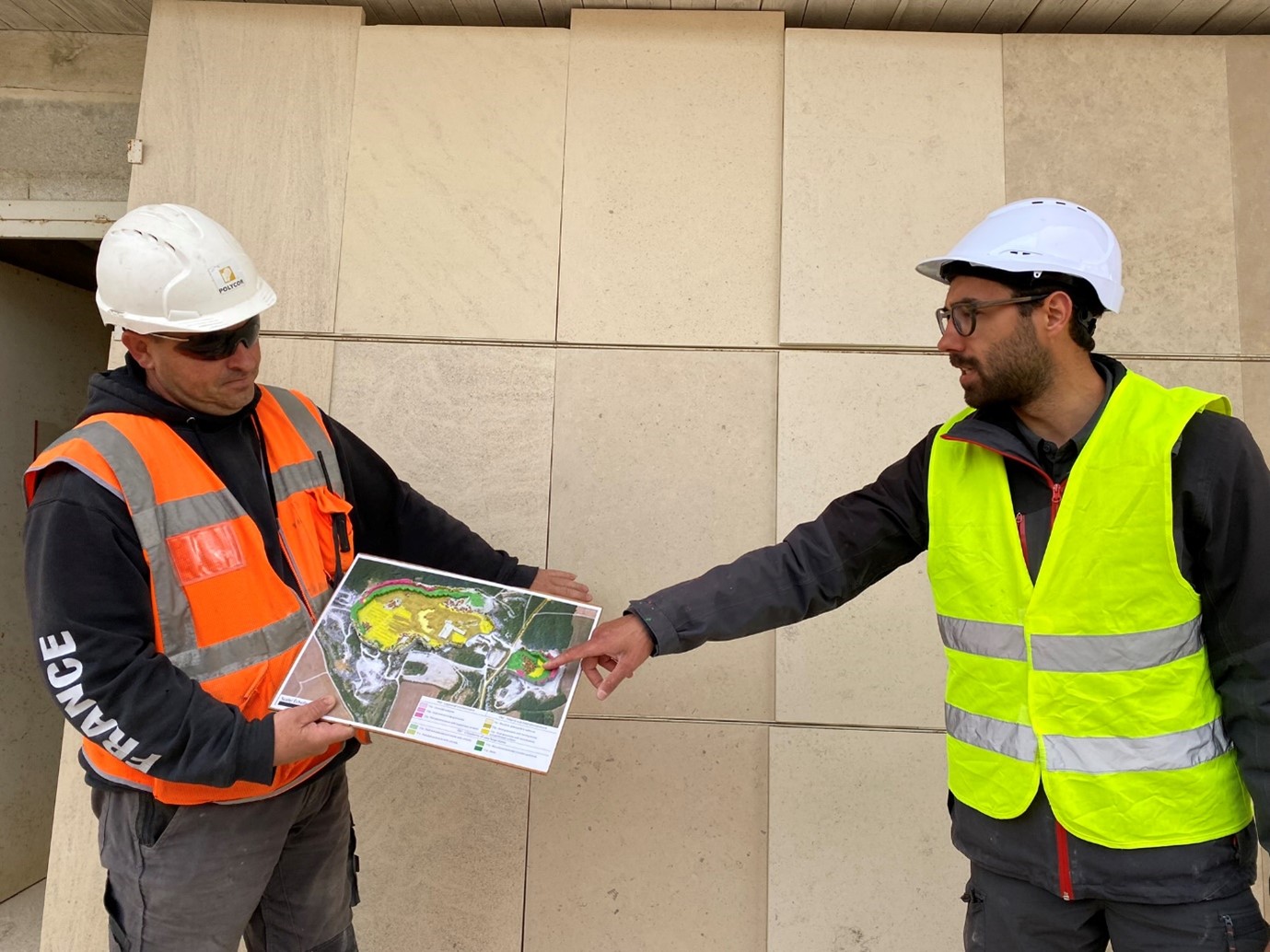The meeting, held 3 to 5 May in Orleans, recapped on the main achievements of the last year. Firstly, Spain and Portugal decided whether to pursue onshore or offshore pilots, with Spain opting for onshore and Portugal for offshore. In WP2, complex geocharacterisation was performed: sampling, log analysis, experimental data and geophysical data. In WP3, we launched numerical models: models purposes and software. In WP4, we started building the CCS concept for the storage pilot. In WP5, we worked on risk identification and a risk register. In WP6, we built community profiles and held the first Regional Stakeholder Committee meetings
In terms of the main field acquisition in each region, in the Lusitanian basin offshore Portugal, we completed passive seismicity acquisition; in the Ebro basin onshore in Spain, we carried out a gravimetric survey; and in the onshore Grandpuits region of France, we conducted 3D seismic acquisition. Meanwhile, in Upper Silesia onshore in Poland, we did exhaustive analysis and reinterpretation of available data of the Debowiec layers and the Ladzice formations while in West Macedonia onshore we launched a tender for 2D seismic profile reprocessing.
Dr Fernanda M L Veloso of BRGM and project coordinator, told the meeting that during the year, the project was presented to the EERA Joint Programme on CCS, to the Zero Emissions Platform, to COP 26 in Glasgow, and to CO2Geonet, as well as nationally to Club CO2 France.
“I am delighted with how PilotSTRATEGY is evolving and all the hard work that is being done,” she said.
Talks with the authorities
Lena Kappler from Fraunhofer ISI updated the team on talks with the authorities. Talks are aimed at supporting capacity building in local authorities and building policymakers awareness of geological storage. In Spain, permits are the responsibility of different bodies. Regional government is responsible for research and for pilots whereas the national government is responsible for injection permits. The talks with the authorities in Spain have focused so far on PilotSTRATEGY which is known to the ministry, the situation of CCS in Spain and the need to explore challenges in storage legislation and the permits needed.
In France, Fernanda was invited to talk about the project at the respective ministry in December 2022. Two people were assigned to follow PilotSTRATEGY and to participate in the Regional Stakeholder Committee. In Portugal, talks were pending, with the ministry recently contacted. In Greece, a minister asked in parliament when CCUS could become operational in West Madedonia, saying there is social acceptance for it. CERTH, our local partner, took the opportunity to brief parliament on the project. In Poland, work is underway on amendments to the Geological and Mining Law.
Safety and performance standards
The meeting heard from WP5 whose objectives are to ensure that the proposed pilots meet the best safety and performance standards, and that, under the proposed conditions of use, there is no significant risk of leakage or damage to human health or the environment. It is making recommendations for the future pilot implementation in terms of guaranteeing safety and performance of the storage operations. This has to be done for the sites in France, Spain and Portugal. In the first year, the WP developed methodological guidelines for risk assessment in the project. These began to be implemented in year two in the three regions. This involved risk identification – a comprehensive identification of all possible events that can alter safety or performance of the storage and development of risk registers for each region.
In the coming year, in dialogue with stakeholders, we will integrate interactions with stakeholders in the risk assessment process and include a discussion about risk in the Regional Stakeholder Committee meetings. We will identify the risks that stakeholders think are most important.
“In our next Regional Stakeholders’ Committee meeting we should have a conversation and learning period about how risks can be identified and what tools and methods we have to deal with the diversity of risks,” said Claire Mays, a social scientist with Symlog.
Visit to Massangis
The 3rd PGA day was spent in Massangis with a visit to a quarry pit of the Dogger Formation. The Dogger Fm is the reservoir rock of the French storage CCS site. The Massangis quarry is a good illustration of the coupled impact of sedimentary context and diagenesis (post-depositional evolution of the sediment) on the final quality of reservoir properties. High-energy environments (examples of the "Roche de Valanges" and "Oolithe Blanche" formations) favour facies that are more granular, and thus initially displaying a higher macroporosity. This porosity is then modified by diagenetic processes (precipitation of calcite or dolomite cements, dissolution, etc.), explained Simon Andrieu, the geologist from BRGM who guided the visit.



